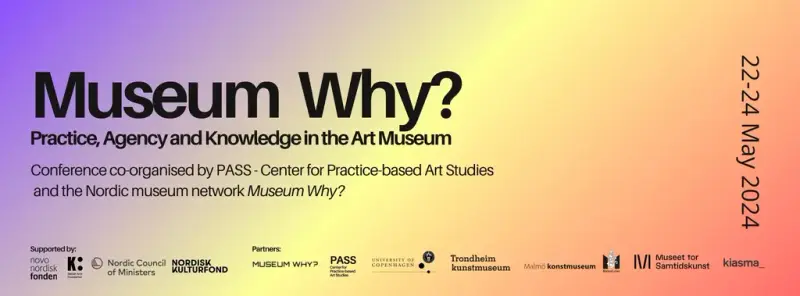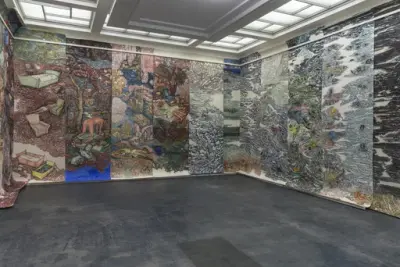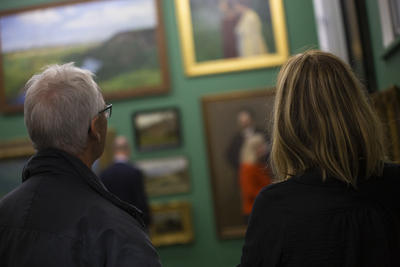Museum Why? er et kreativt læringsnettverk dannet av de fire kunstmuseene; Malmö Konstmuseum (SE), Trondheim kunstmuseum (NO), Museet for Samtidskunst (DK) og Nykytaiteen museo Kiasma (FI) i samarbeid med Københavns Universitets forskningssenter Kunst som Forum (DK). Forankret i en nordisk tradisjon, stiller nettverket spørsmål ved og eksperimenterer med kunstmuseet som institusjon.
Alle i en nåværende overgangsfase har de nordiske kunstmuseene dannet et kreativt læringsnettverk for å dele og utvikle nye perspektiver på fremtidens kunstmuseum – og til syvende og sist stille spørsmålet: museum why?


